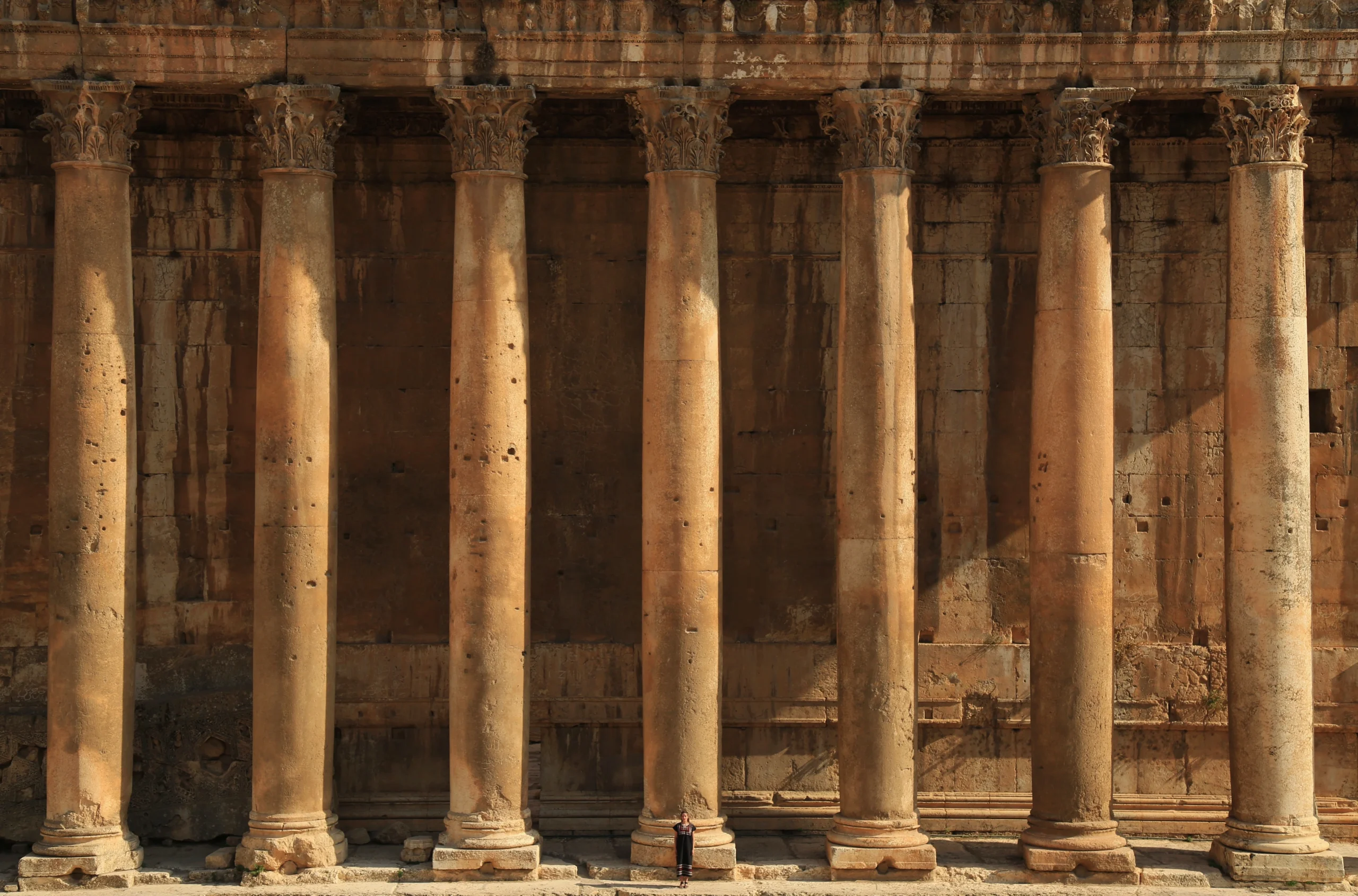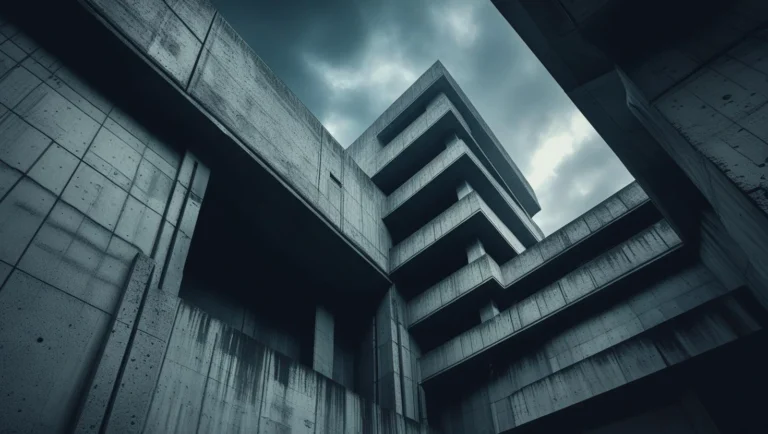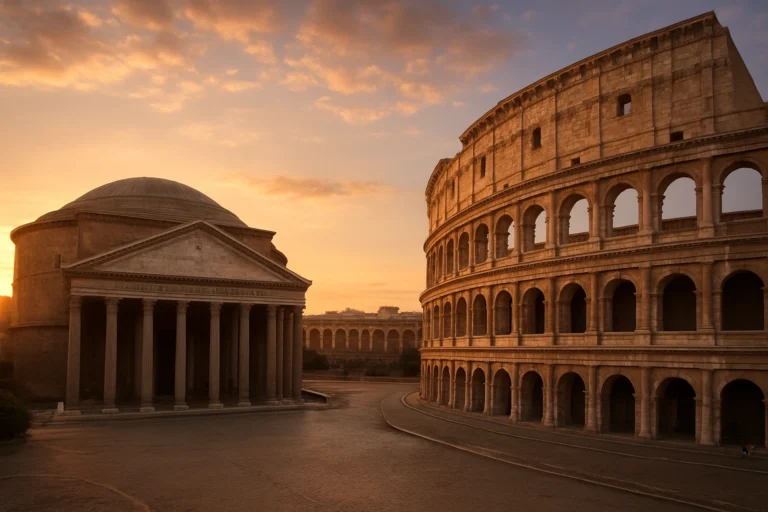Corinthian Columns & Greek Pillars: A Quick Guide to Ancient Greek Architecture
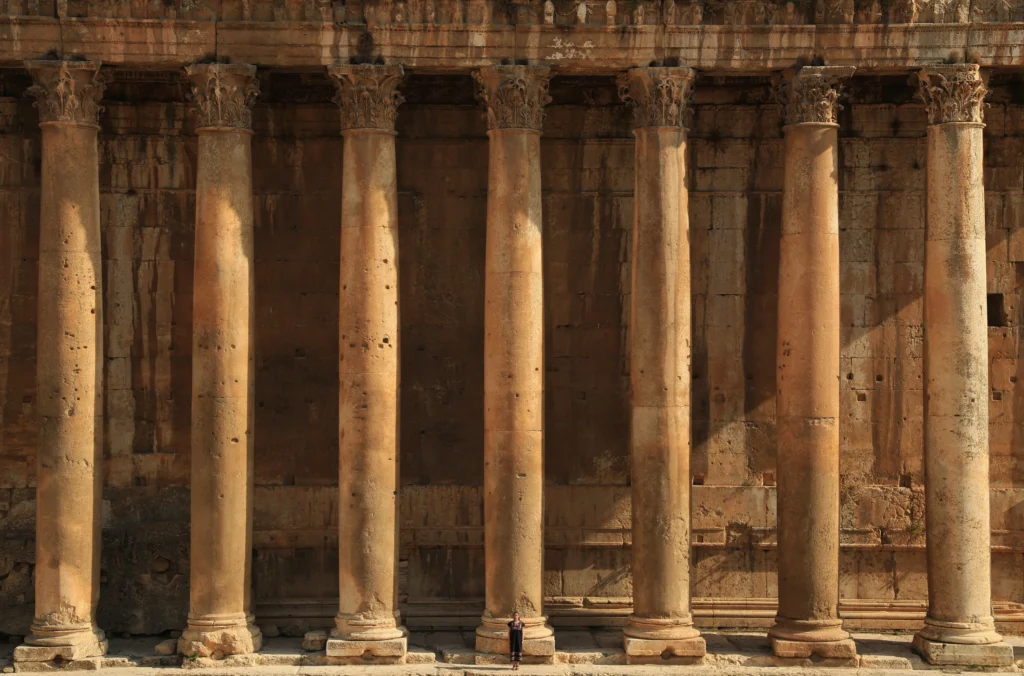
Table of Contents
Introduction to Ancient Greek Architecture
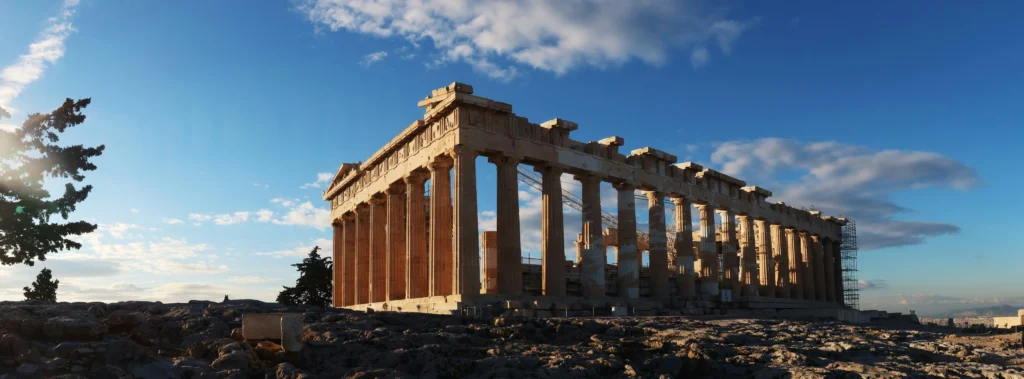
The legacy of ancient Greek architecture continues to shape skylines and inspire architects worldwide. Known for its timeless beauty, precision, and harmony, Greek architecture introduced structural and aesthetic principles that have defined Western design for over two millennia. Among its most iconic elements are the Greek columns, particularly the elaborately detailed Corinthian columns, which remain symbols of elegance and grandeur.
This guide offers a concise yet thorough look at Corinthian columns, Greek pillars, and the architectural styles that defined ancient Greek architecture. By understanding the historical context and design principles behind these enduring structures, readers can better appreciate their influence on architecture past and present.
The Origins of Greek Architecture
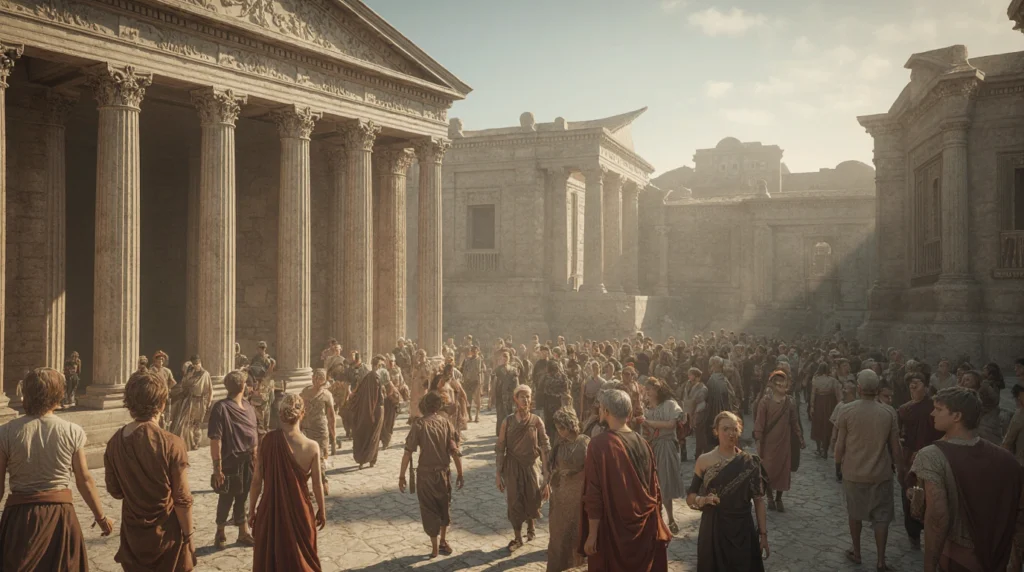
Historical Context
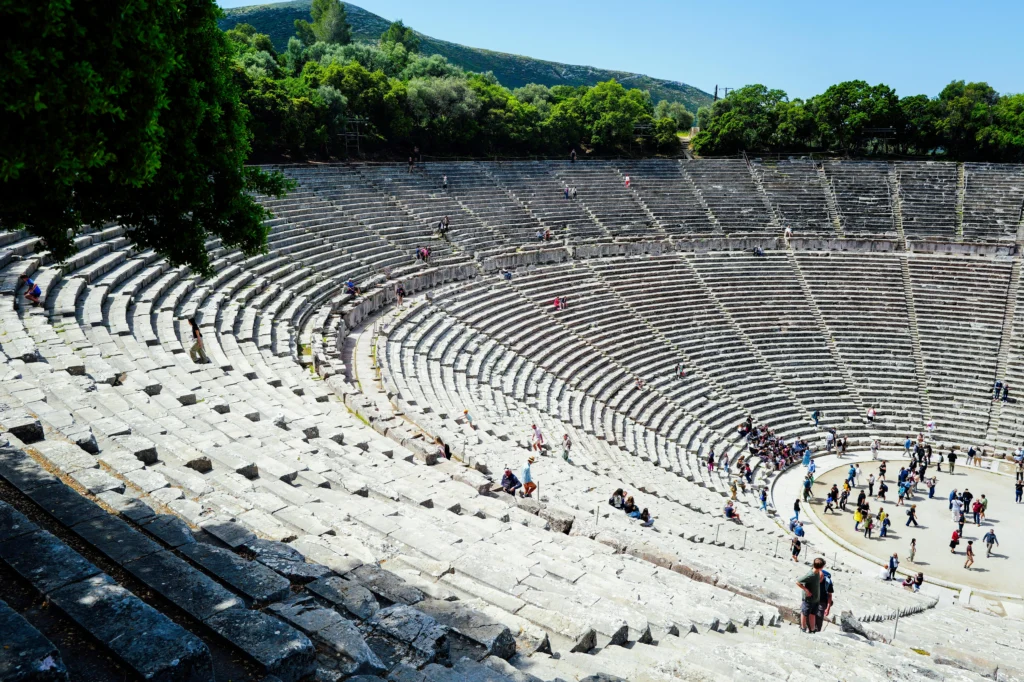
Greek architecture emerged during the rise of Greek city-states between the 8th and 5th centuries BCE. As communities like Athens, Sparta, and Corinth flourished, so too did public building projects that reflected civic pride, religious devotion, and technological progress. Temples, theaters, and public spaces were constructed not only as functional structures but as expressions of cultural identity.
Political stability, economic prosperity, and the influence of mythology played significant roles in driving architectural advancement. Monumental buildings became central to public life, reinforcing the Greeks’ reverence for order, beauty, and human achievement.
Key Materials and Techniques
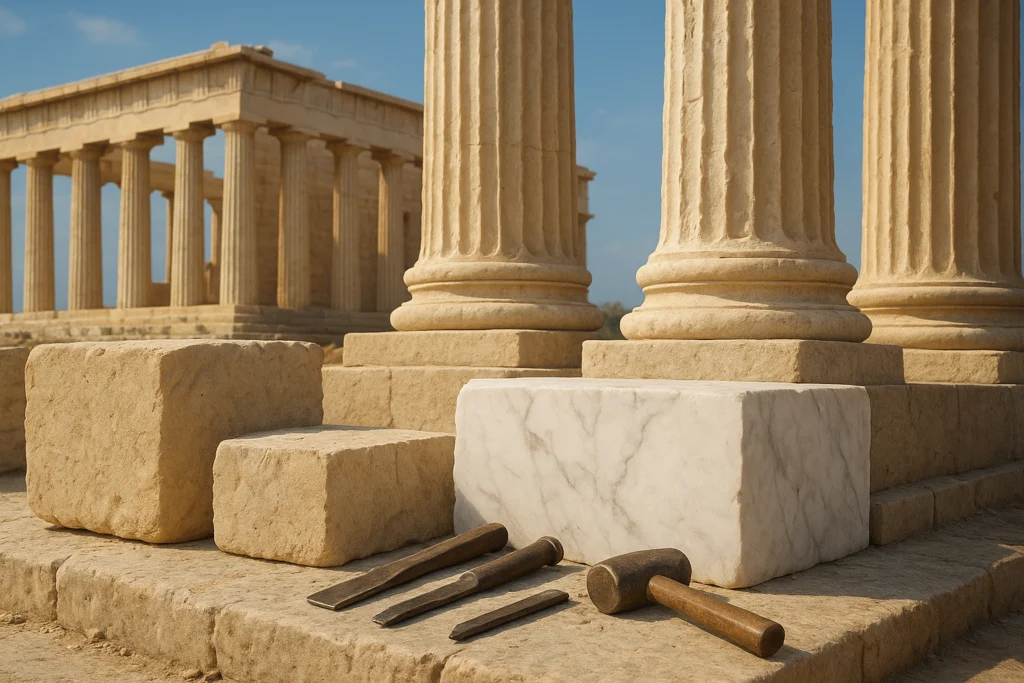

Ancient Greek architecture was characterized by its use of durable, locally sourced materials, primarily marble and limestone. Bronze was also utilized for decorative elements and structural reinforcements.
Technically, Greek architects pioneered the post-and-lintel system, relying on vertical columns to support horizontal beams. Mastery of symmetry, proportion, and geometry ensured both structural integrity and visual harmony. Their emphasis on mathematical precision laid the groundwork for enduring architectural excellence.
Influence of Religion and Public Life
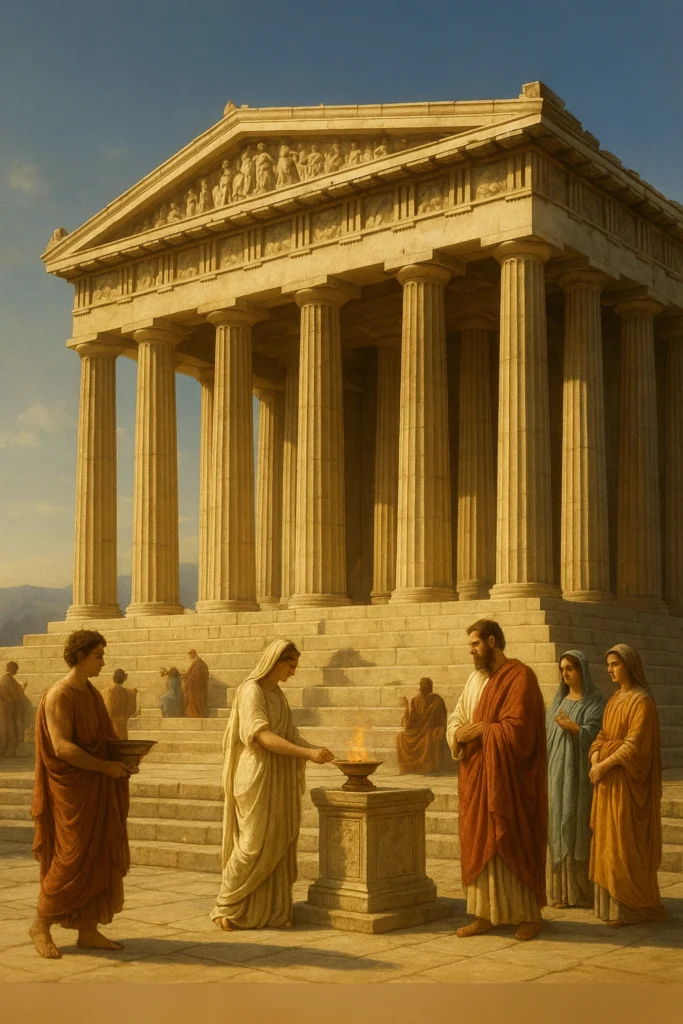
Religious practice was central to Greek society, and temples served as focal points for worship and civic pride. The Parthenon, perched atop the Athenian Acropolis, exemplifies ancient Greek architecture at its pinnacle. Dedicated to the goddess Athena, the structure embodies the Greeks’ pursuit of perfection through balanced proportions and refined details.
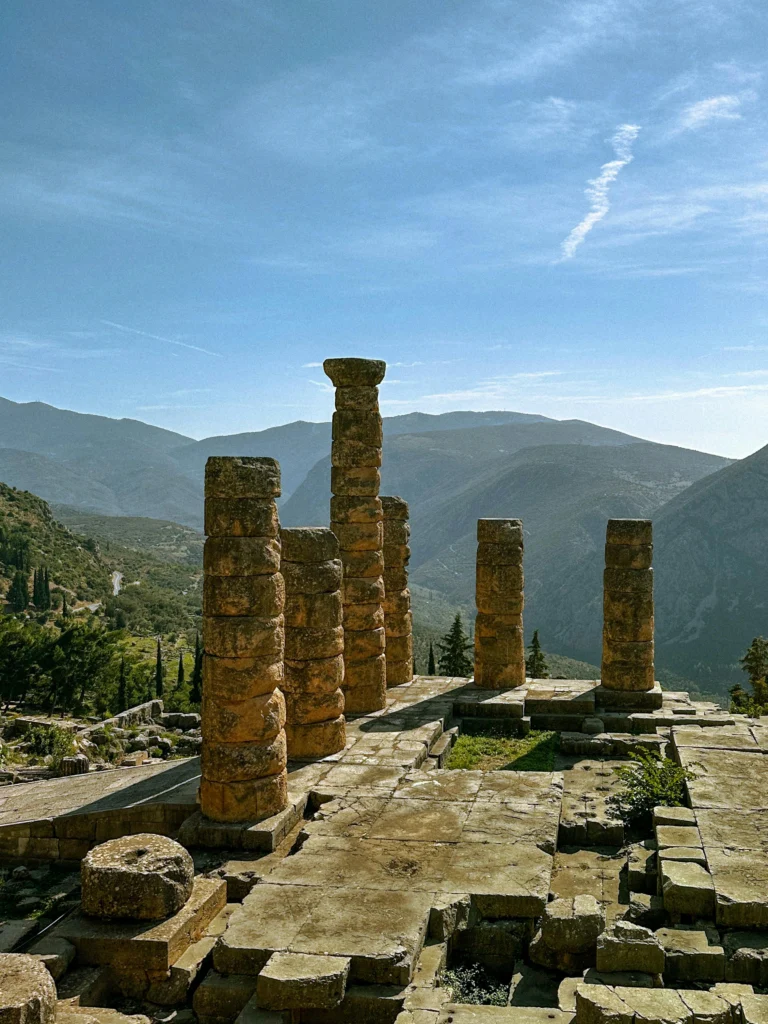
Beyond temples, architectural spaces such as agoras (public squares) and theaters reflected the Greeks’ emphasis on community, democracy, and cultural expression.
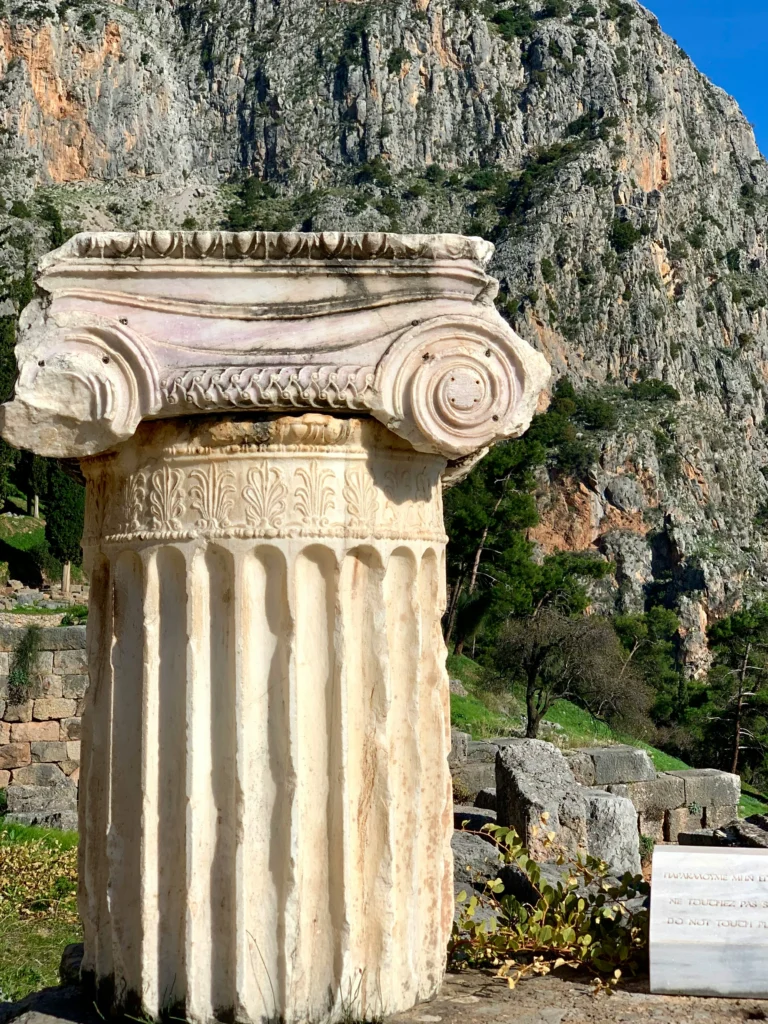
Understanding Greek Columns: The Three Classical Orders
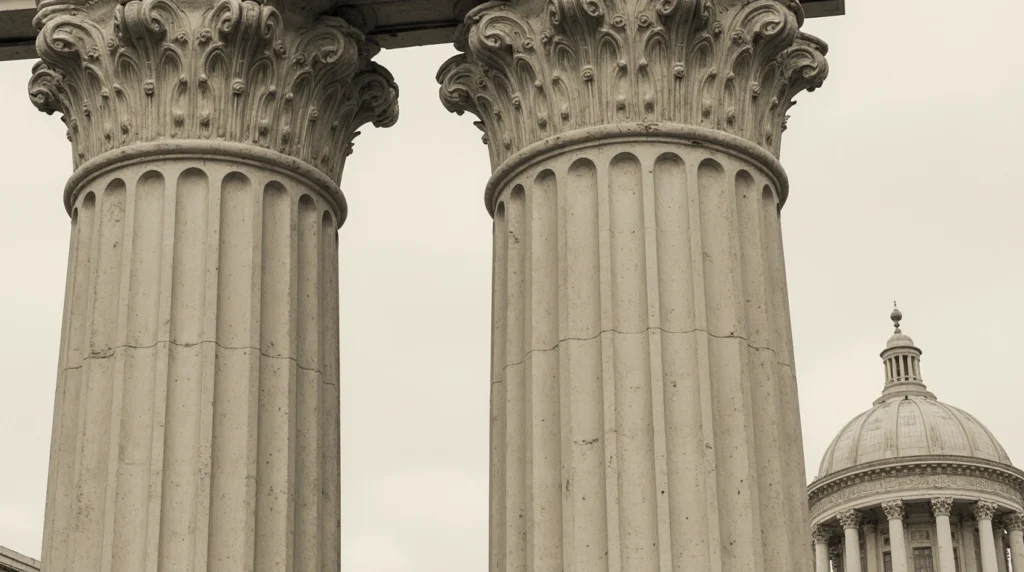
One of the most recognizable contributions of Greek architecture is its system of Greek columns, known as the three Classical Orders: Doric, Ionic, Corinthian. These distinct styles reflect the evolution of design preferences and technical skill over time.
The Doric Order
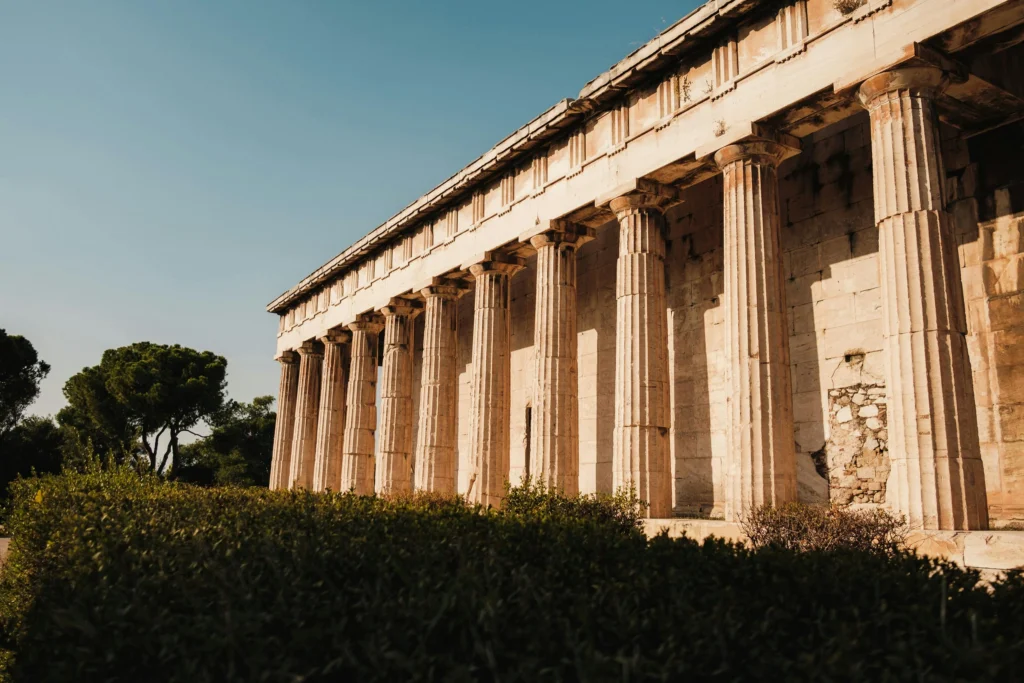
The Doric style is the earliest and most robust of the Classical Orders. Originating on mainland Greece, Doric columns are known for their sturdy, unadorned appearance. Their fluted shafts, simple circular capitals, and lack of bases convey strength and stability.
Famous structures like the Temple of Hephaestus and the legendary columns of the Parthenon stand as enduring symbols of this order’s subtle, refined beauty.
The Ionic Order
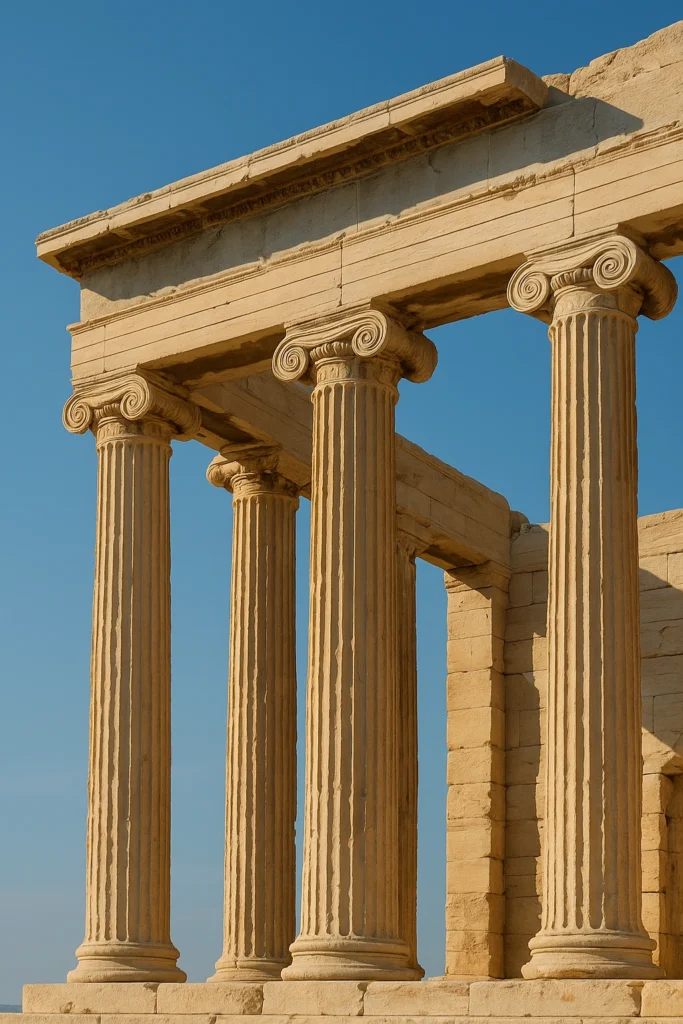
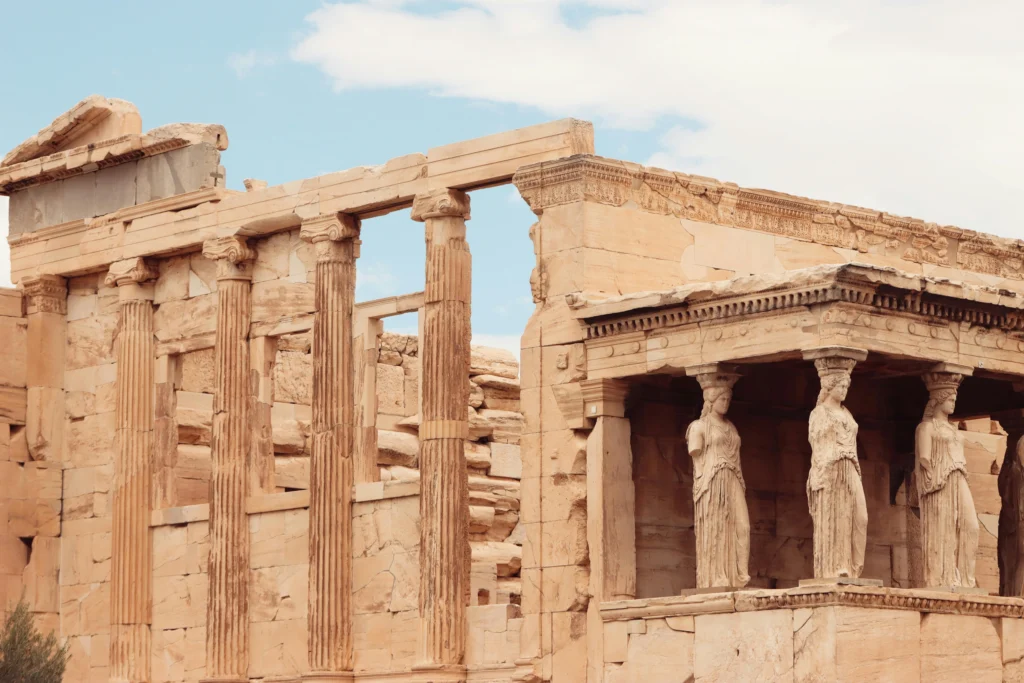
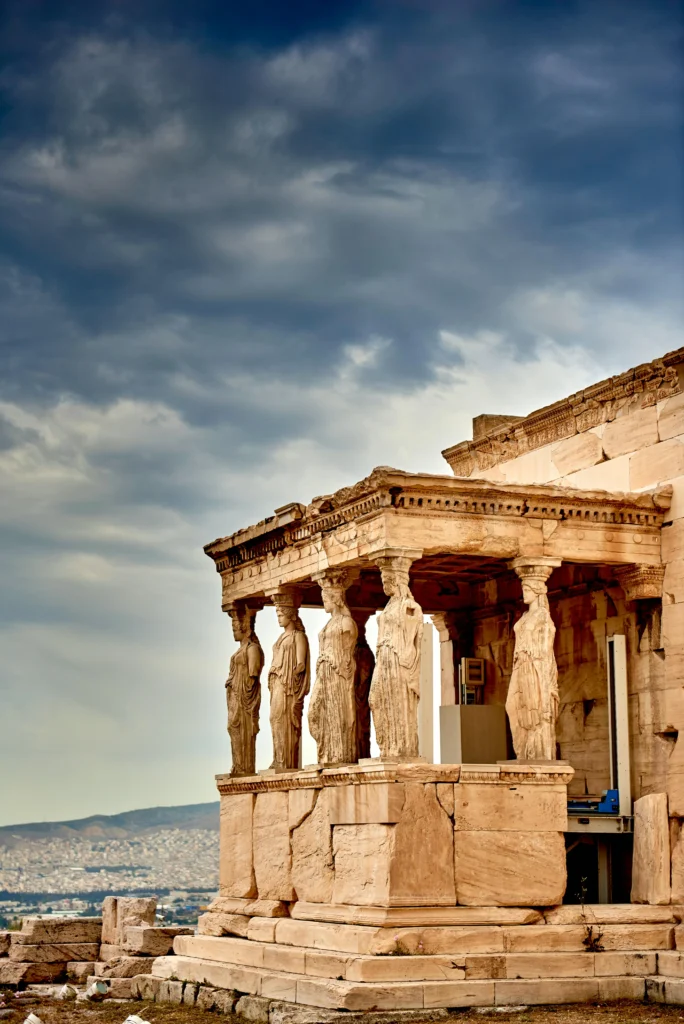
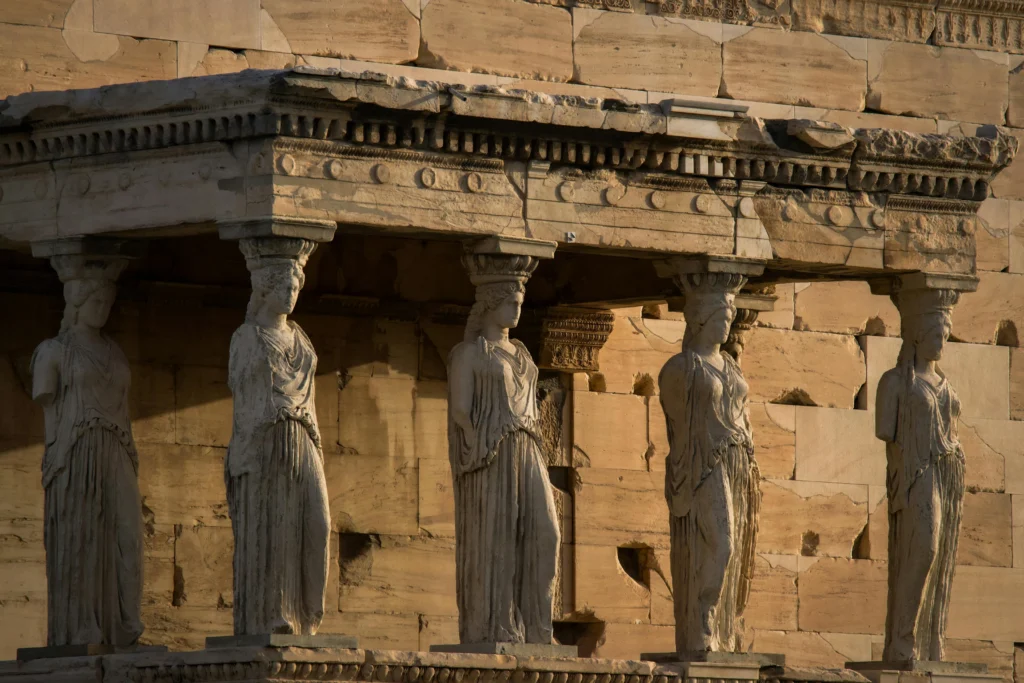
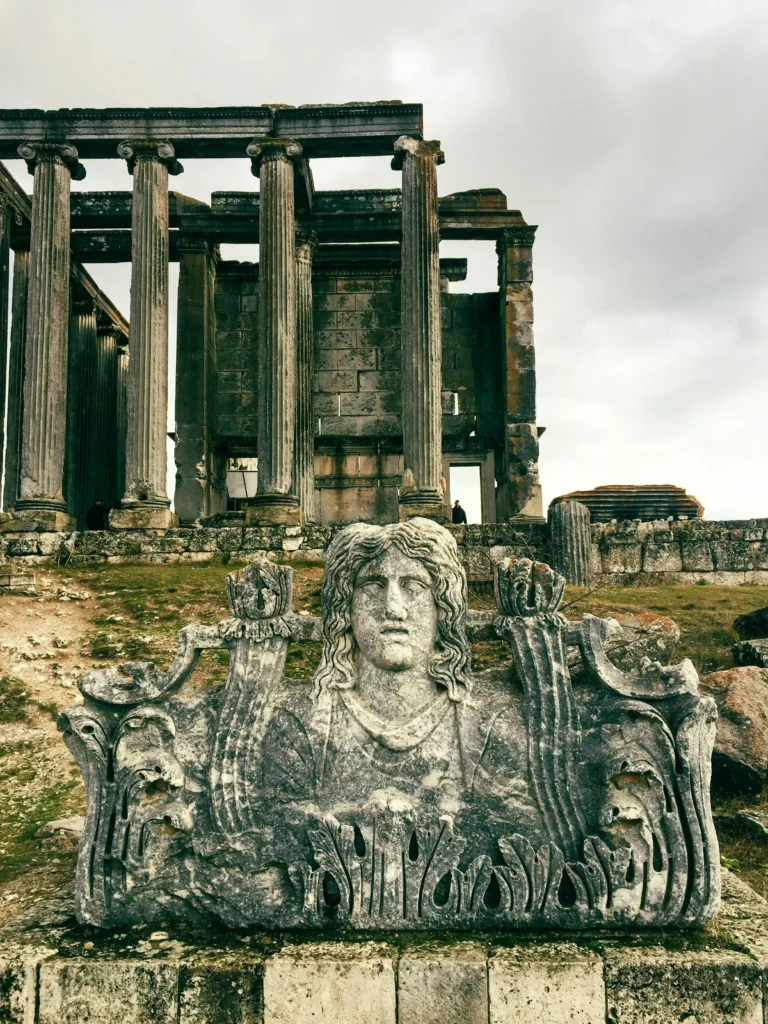
Emerging from Ionia (present-day western Turkey), the Ionic order introduced greater refinement and decorative detail. These columns are more slender than their Doric counterparts and feature distinctive volutes, or spiral scrolls, on their capitals.
The Temple of Athena Nike and the Erechtheion, perched on the Acropolis, highlight the elegant balance and intricate detailing that define Ionic columns..
The Corinthian Order
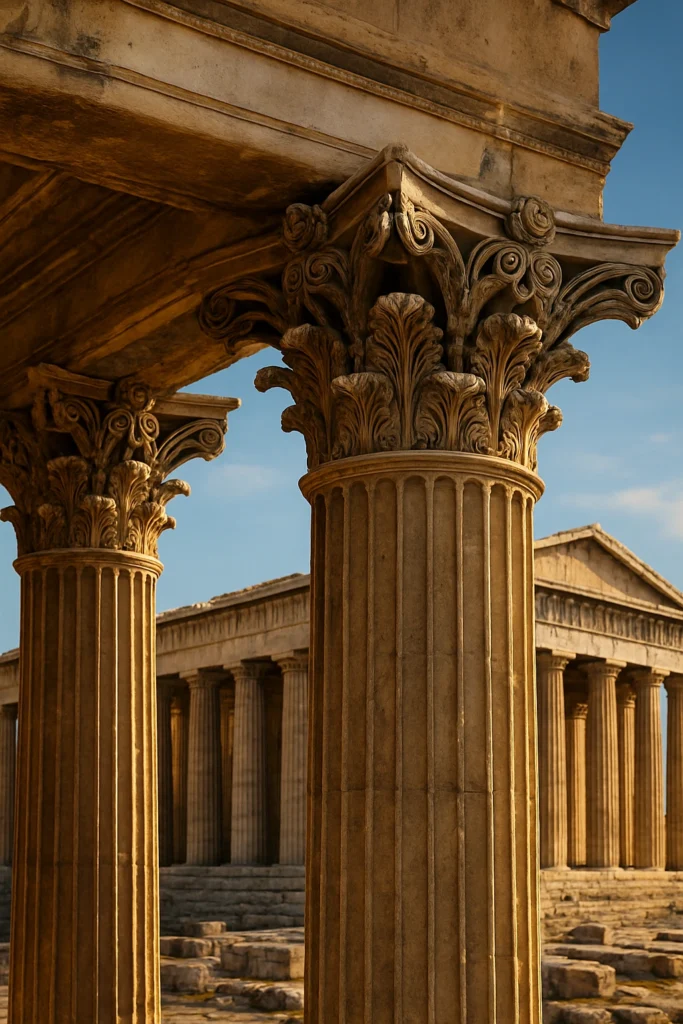
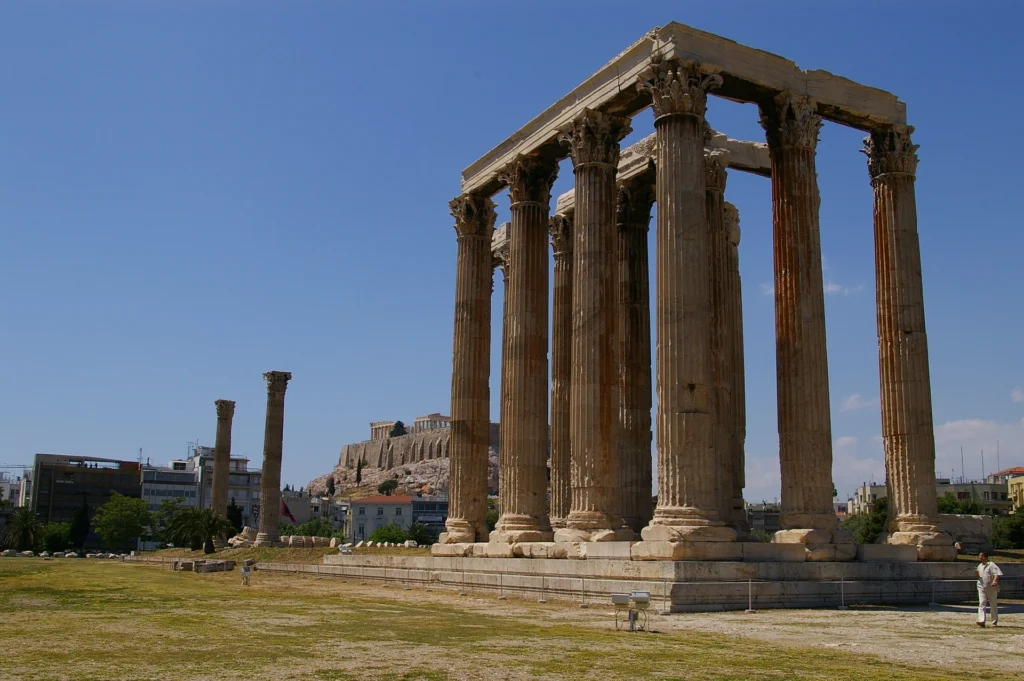
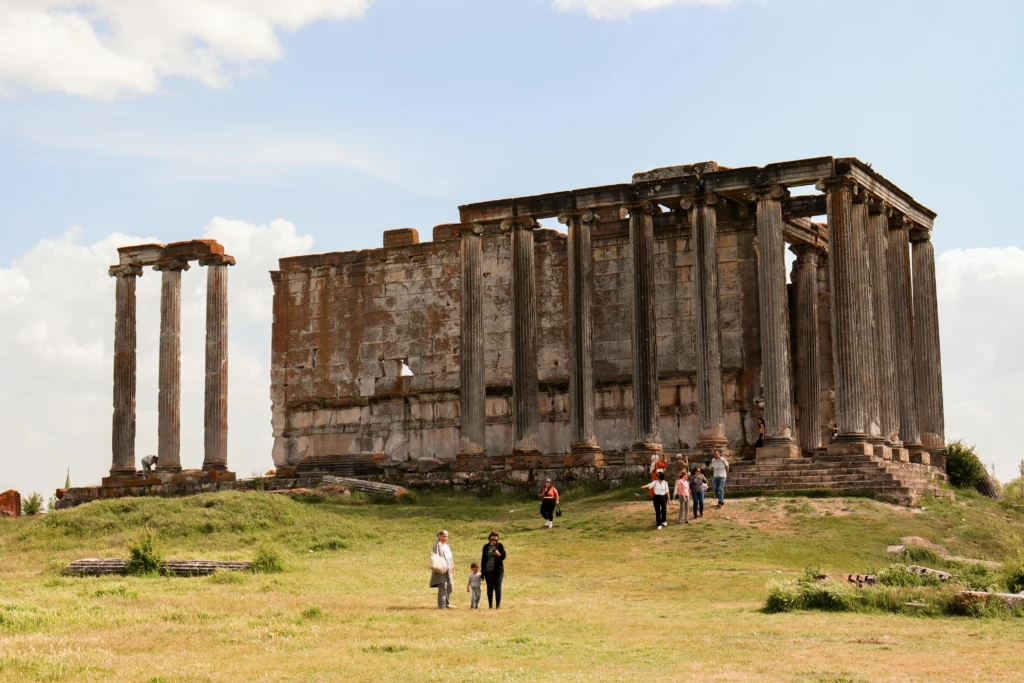
The most ornate of the three, Corinthian columns appeared in the late 5th century BCE and became especially popular during the Roman period. Distinguished by their elaborate capitals adorned with acanthus leaves and floral motifs, Corinthian columns represent the height of decorative elegance.
A striking example is the Temple of Olympian Zeus in Athens, where the towering Corinthian columns embody both impressive height and elaborate craftsmanship.
Quick Comparison Table: Doric, Ionic, Corinthian Columns
| Feature | Doric | Ionic | Corinthian |
| Origin | Mainland Greece | Ionia (Asia Minor) | Later Greek period, popular in Rome |
| Column Proportion | Sturdy, simple | Slender, elegant | Tall, ornate |
| Capital Design | Plain, circular | Volutes (scrolls) | Acanthus leaf motifs |
| Ornamentation | Minimal | Moderate | Highly decorative |
| Famous Examples | Parthenon | Erechtheion | Temple of Olympian Zeus |
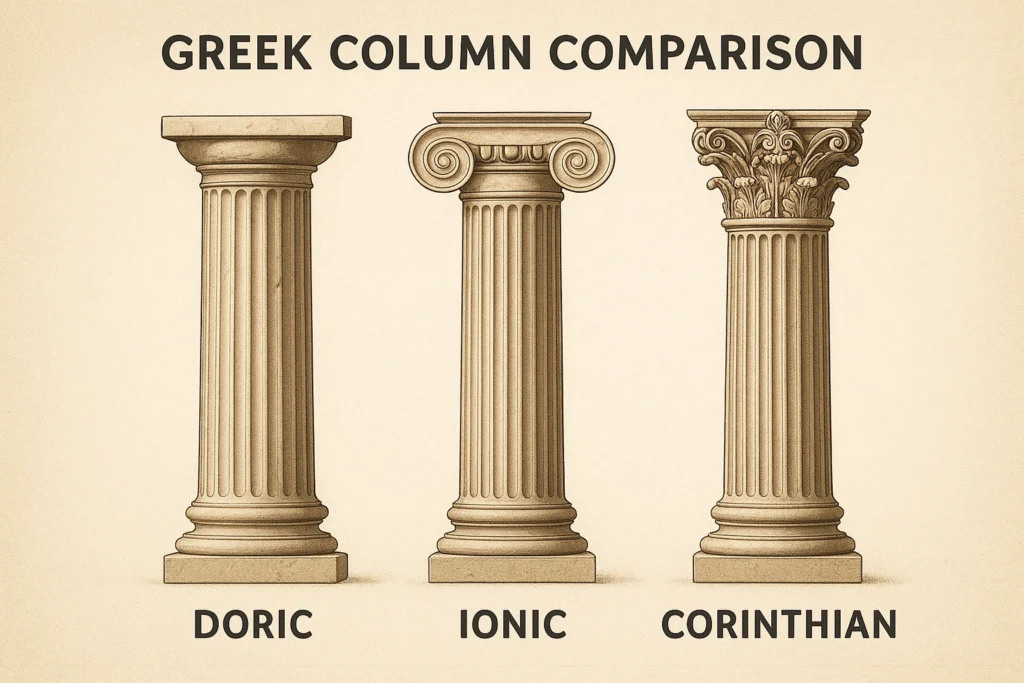
Corinthian Columns: The Pinnacle of Greek Pillar Design
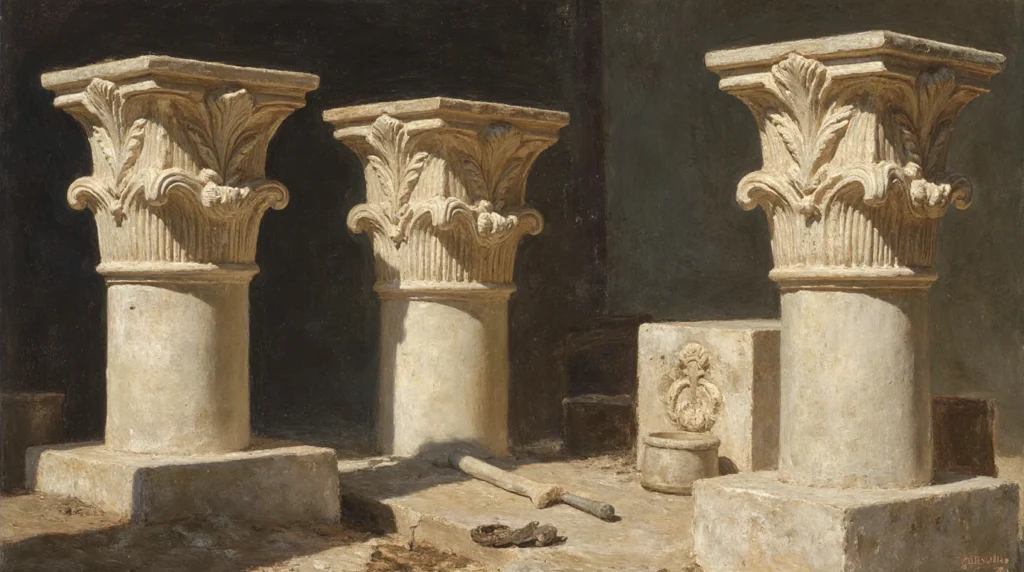
Origins and Evolution
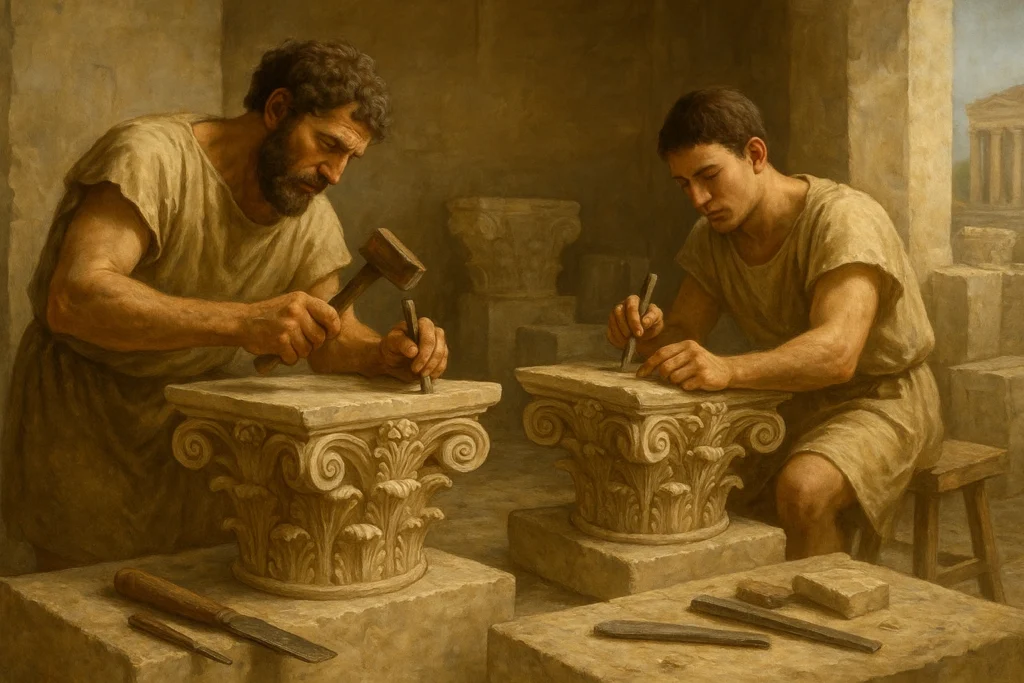
Corinthian columns first appeared in the late 5th century BCE as architects sought greater artistic expression within the Classical Orders. Their introduction marked a departure from the austerity of Doric columns and the restrained elegance of Ionic forms.
Over time, Corinthian columns evolved from decorative flourishes to structural and symbolic centerpieces, admired for their intricate beauty.
Architectural Features of Corinthian Columns
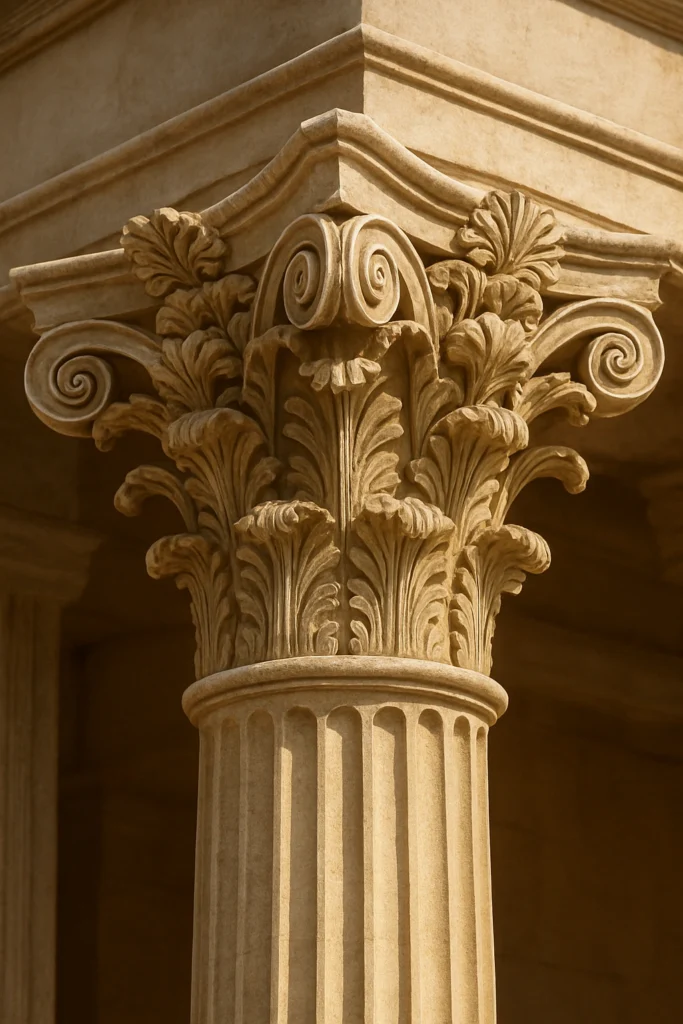
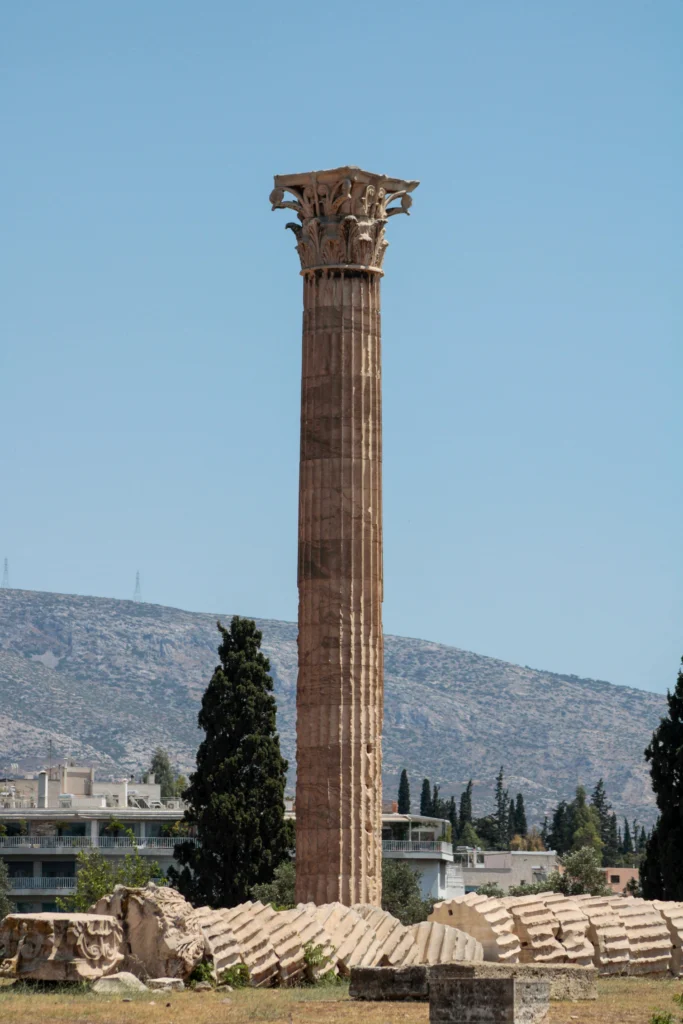
The defining characteristic of Corinthian columns lies in their elaborate capitals. These often feature acanthus leaves, scrolls, and floral designs meticulously carved from stone. Their fluted shafts and ornate bases contribute to an overall sense of verticality and grandeur.
Such columns provided architects the flexibility to infuse buildings with elegance while maintaining the structural integrity characteristic of Greek pillars.
Global Influence and Adaptation

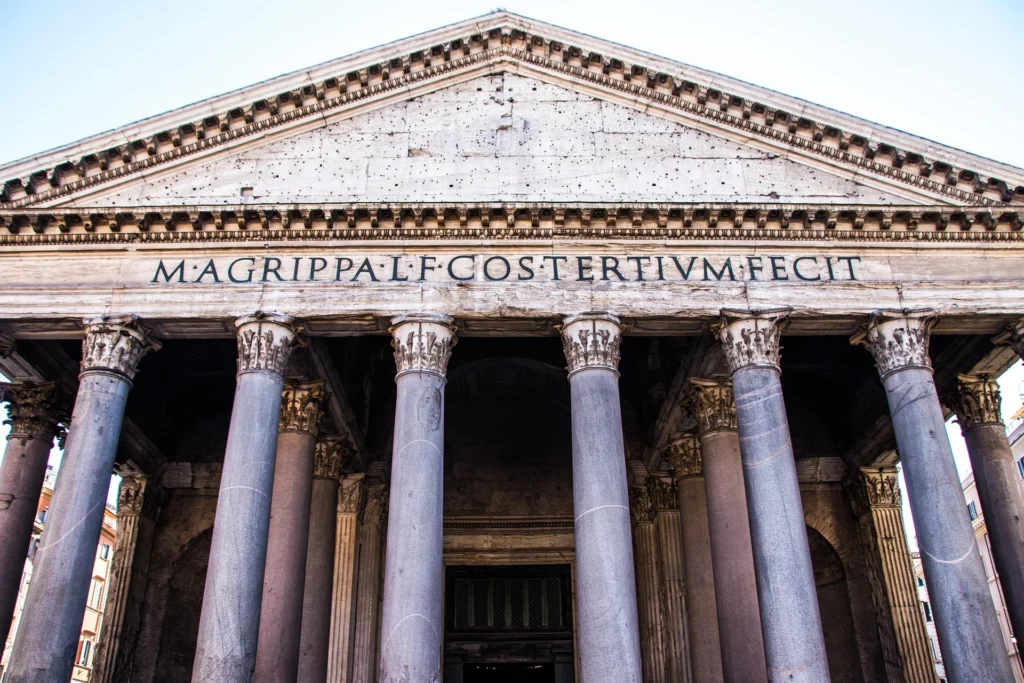
The Romans eagerly embraced the use of Corinthian columns, weaving their ornate style into massive public buildings and awe-inspiring monuments. Their use continued throughout the Renaissance, Neoclassical periods, and remains prevalent in modern public buildings, including courthouses, universities, and memorials.
The Role of Greek Pillars in Ancient Architecture
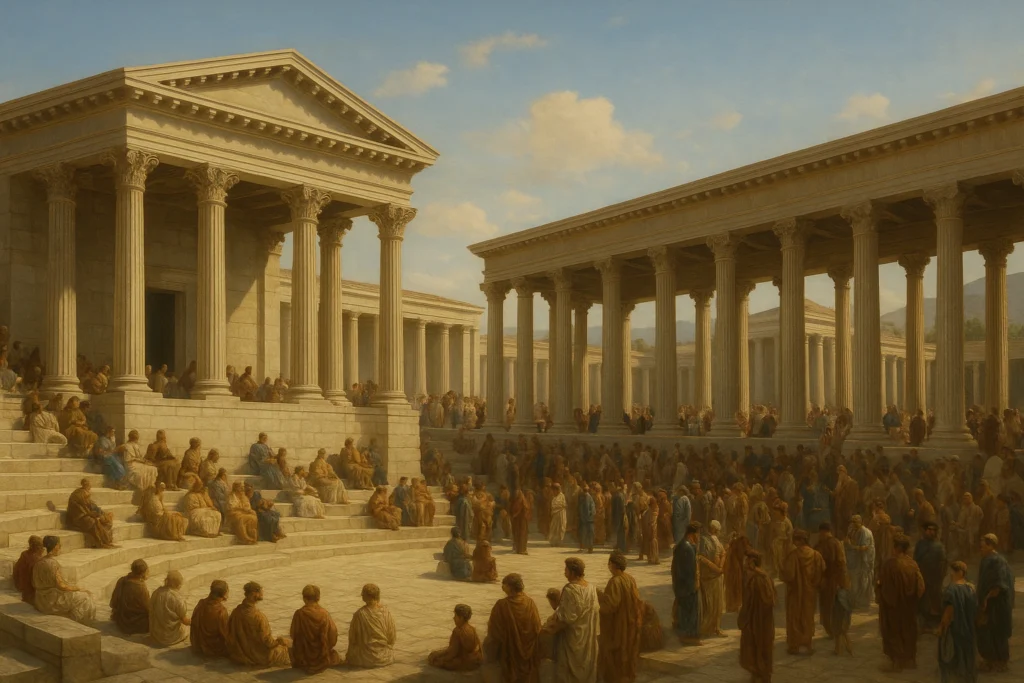
Structural Function and Symbolism
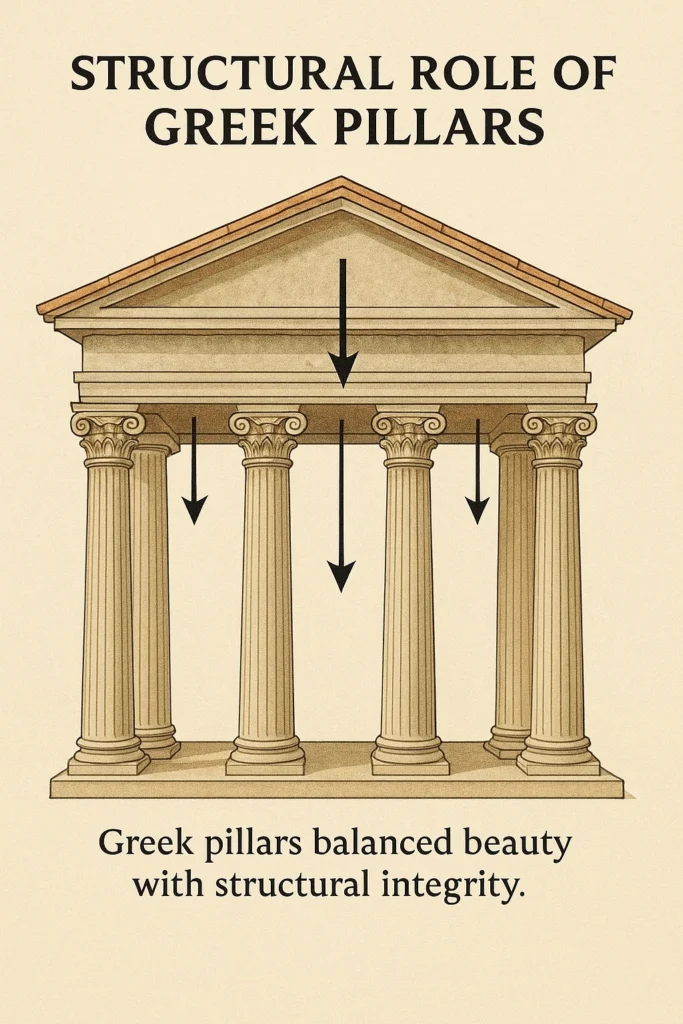
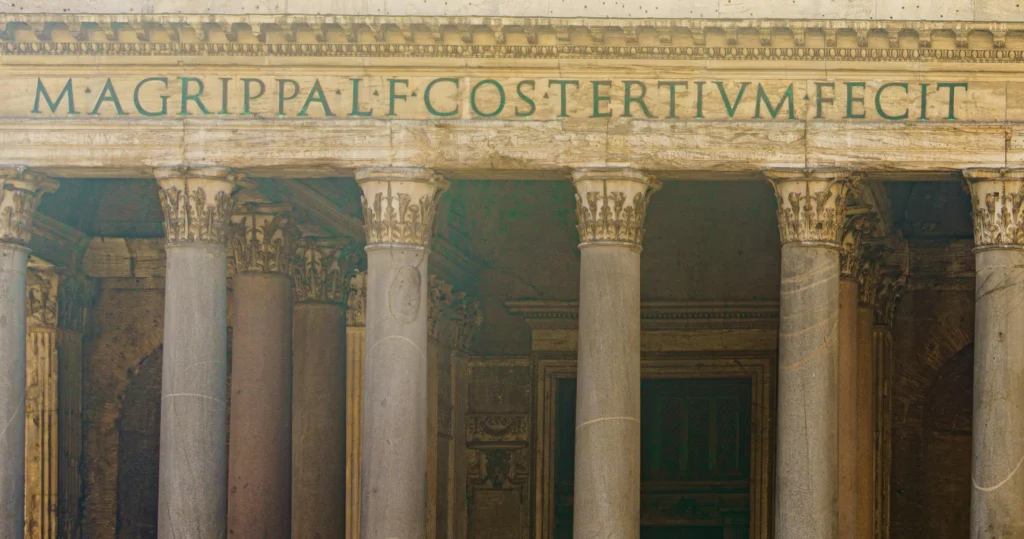
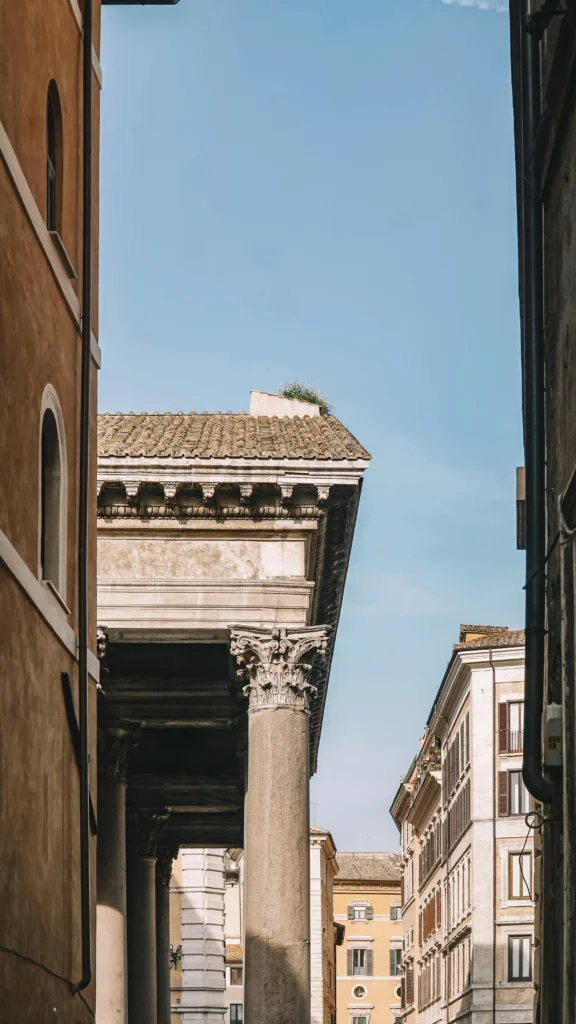
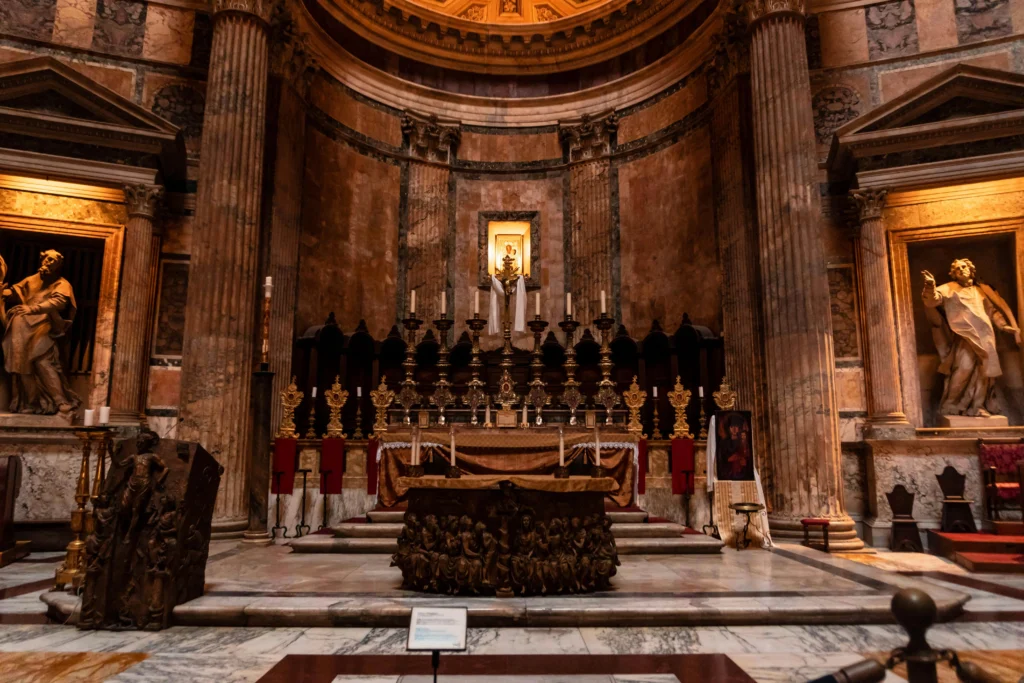
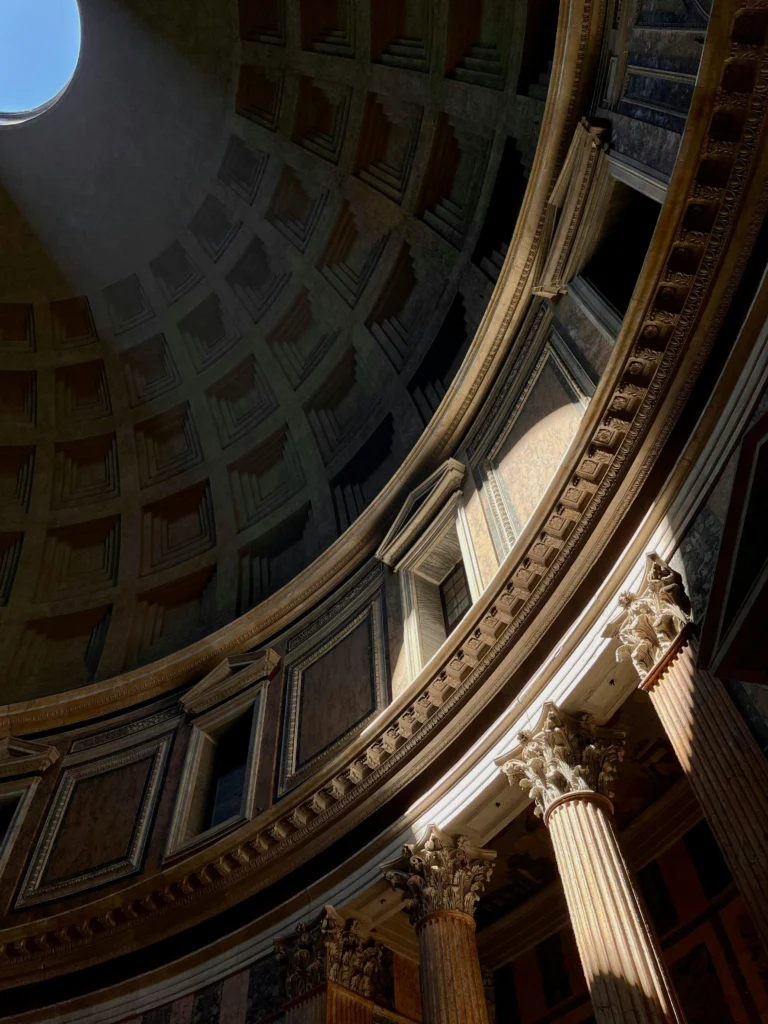
Beyond their decorative appeal, Greek pillars served essential structural roles in supporting entablatures and roofs. Thanks to their consistent proportions and precise arrangement, weight was spread evenly, making it possible to create wider, more open interiors.
Symbolically, Greek pillars embodied ideals of strength, order, and civic pride, reinforcing the Greeks’ belief in the harmony between function and beauty.
Greek Pillars Beyond Temples
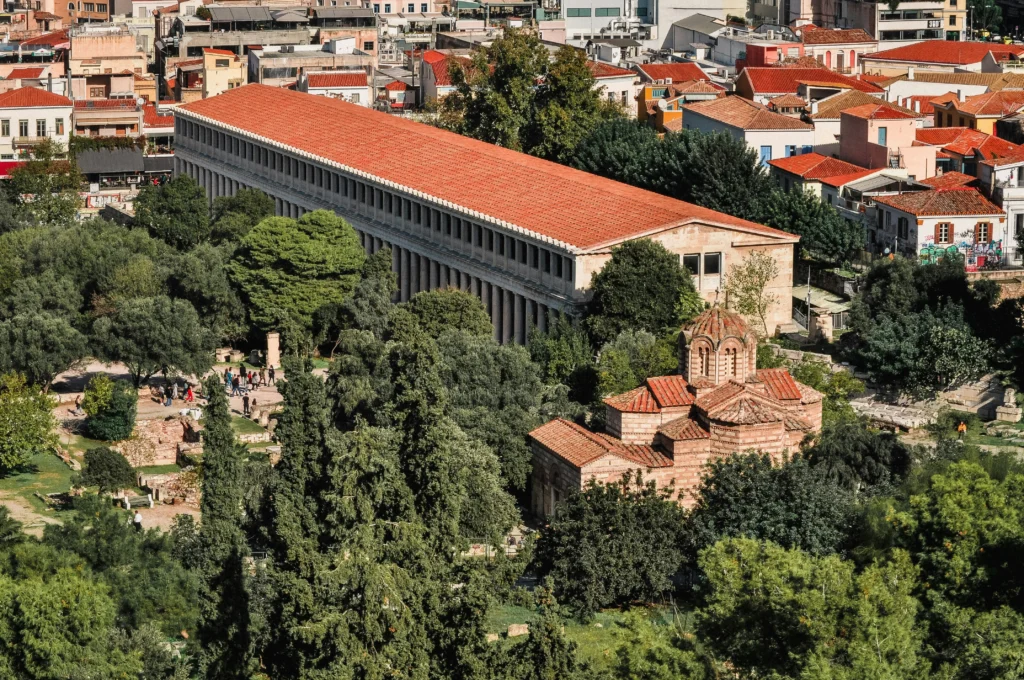
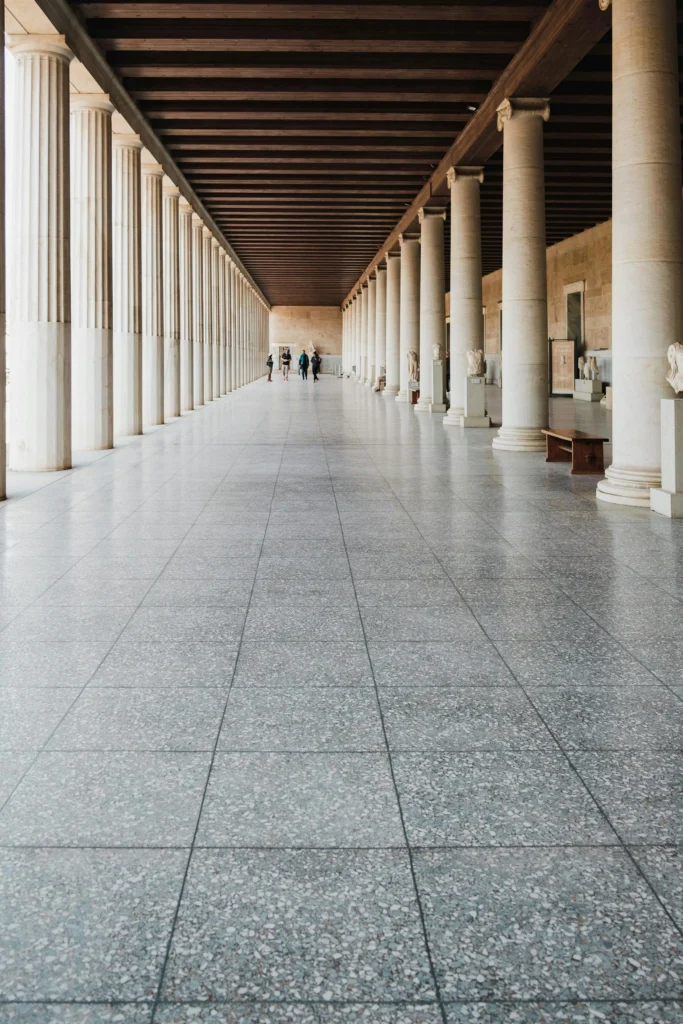
While temples remain the most famous examples, Greek pillars featured prominently in agoras, theaters, and other civic spaces. Their influence extends beyond antiquity, evident in iconic structures like the U.S. Capitol and countless courthouses across America, where Greek columns symbolize democracy, justice, and tradition.
Legacy of Ancient Greek Architecture Today
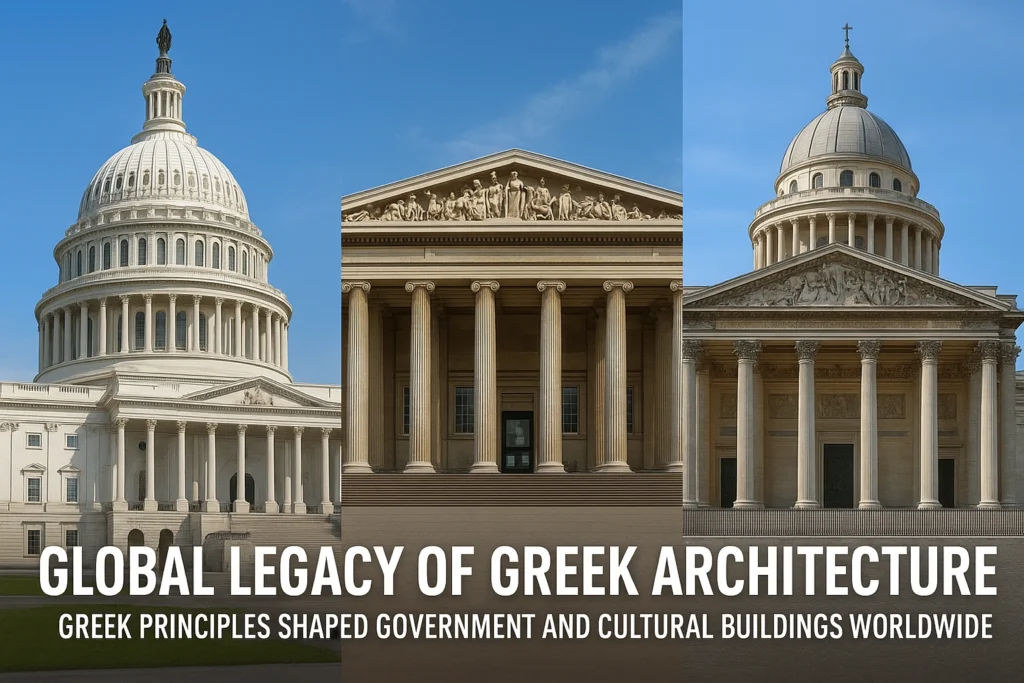
Global Architectural Influence
The principles of Greek architecture—symmetry, proportion, and order—resurfaced during the Renaissance and Neoclassical movements. These revivals paid homage to the precision and beauty of ancient Greek architecture, inspiring generations of architects.
In the United States, prominent examples of Greek columns and architectural motifs can be seen in government buildings, museums, and educational institutions.




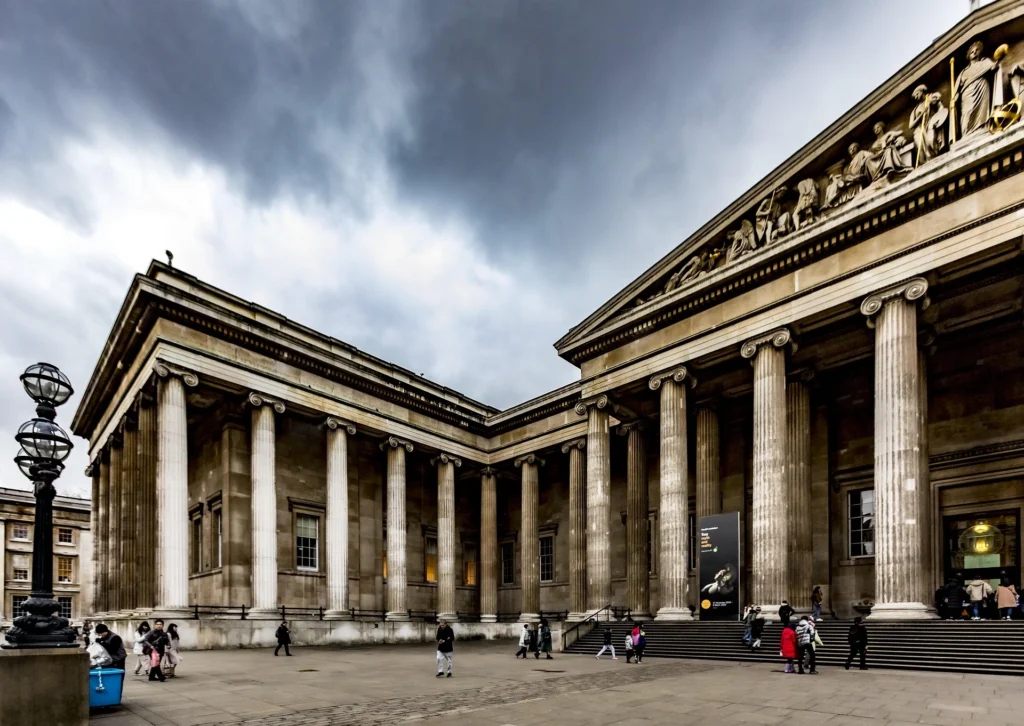
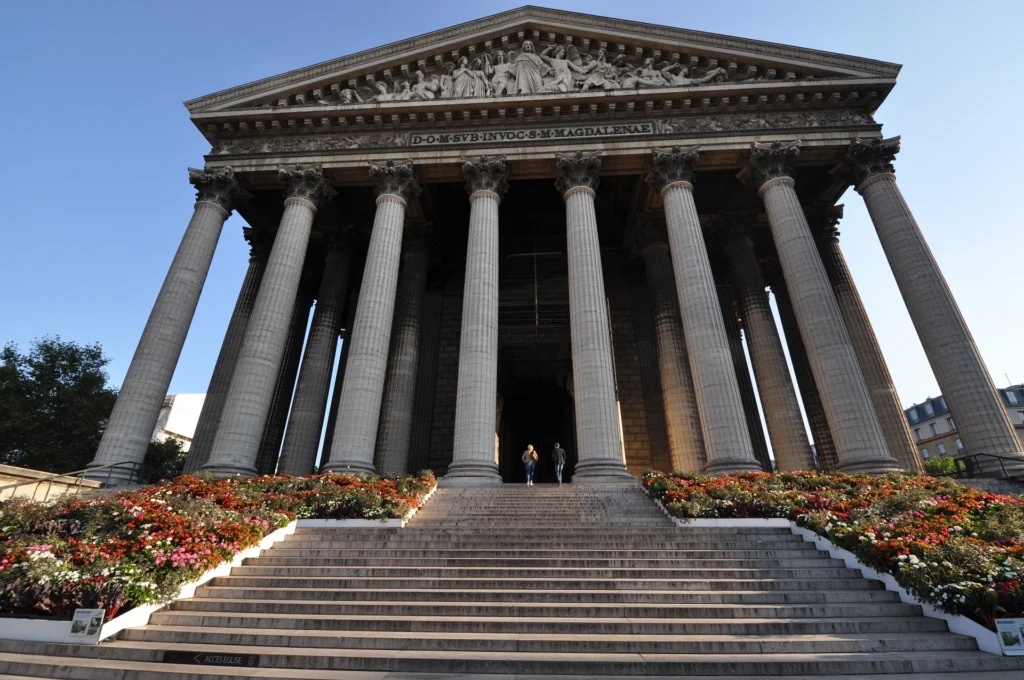
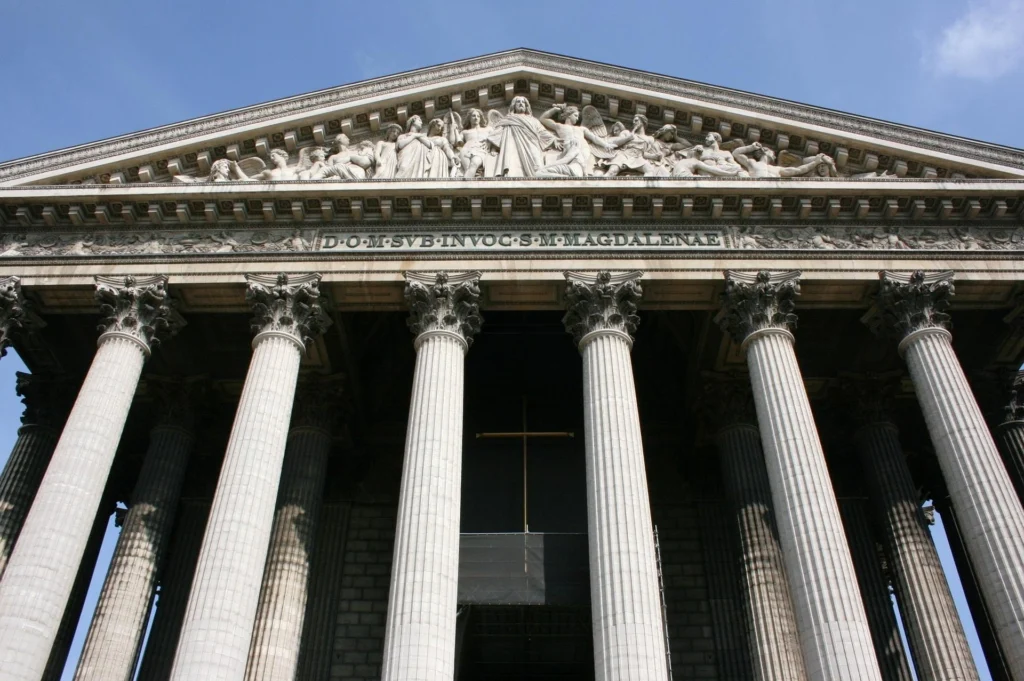
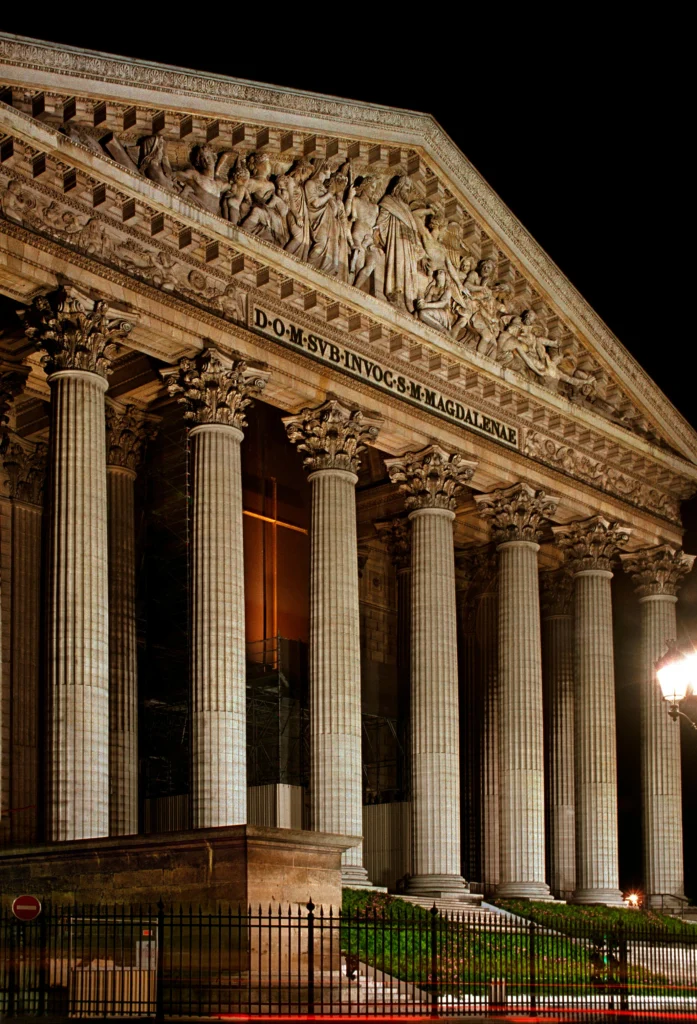
Greek Architecture in Everyday Design
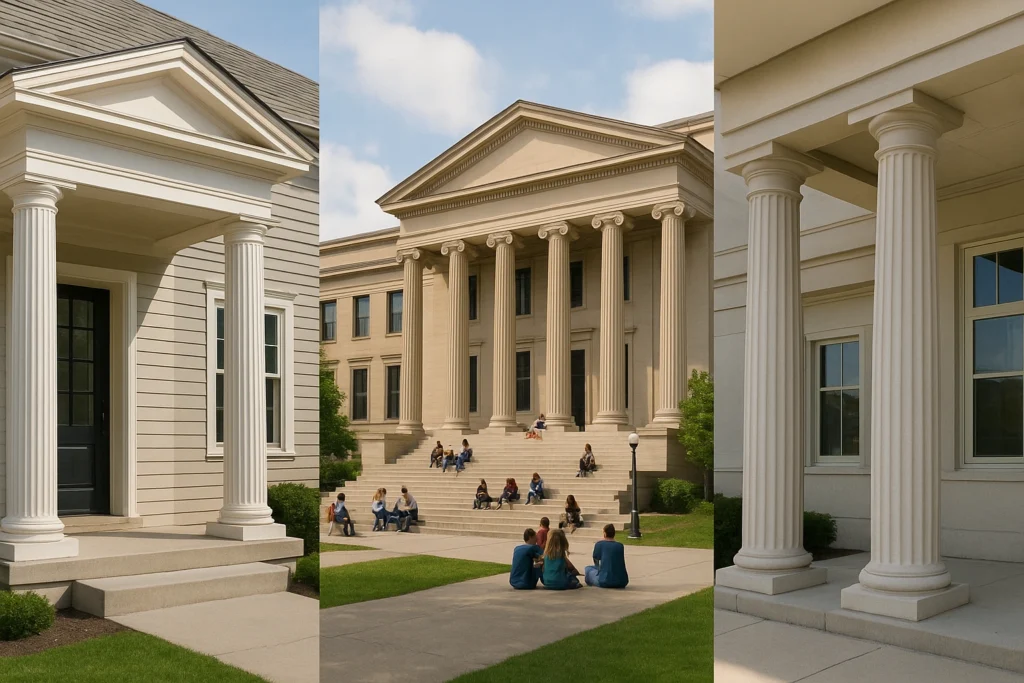

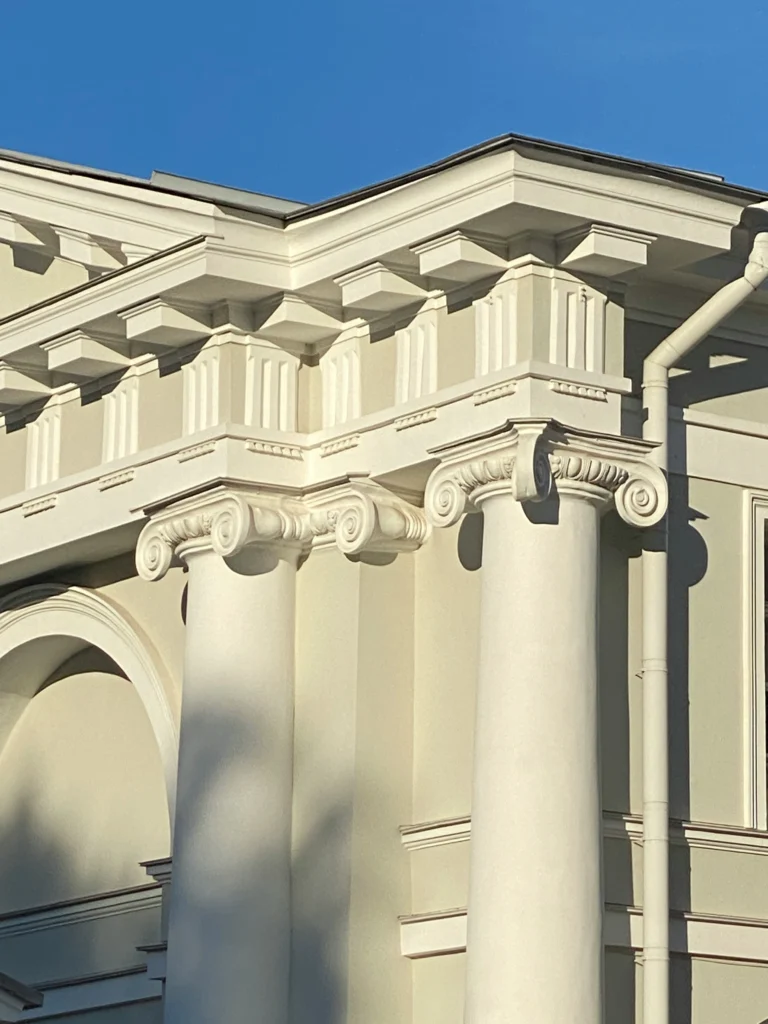
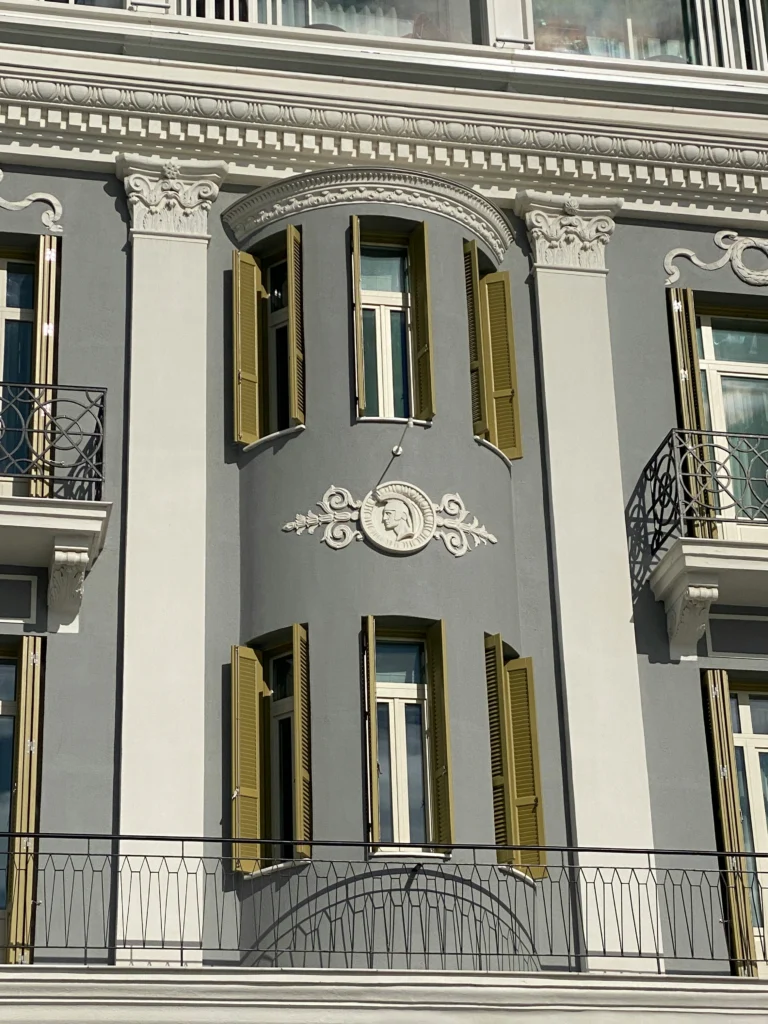
Elements of Greek architecture continue to influence modern homes, public spaces, and academic campuses. From decorative columns on porches to grand entrances adorned with Corinthian columns, the aesthetic ideals of the Greeks remain relevant.
Symmetry, proportion, and classical ornamentation are still admired for their timeless appeal, underscoring the enduring legacy of this ancient tradition.
Frequently Asked Questions About Greek Columns and Architecture
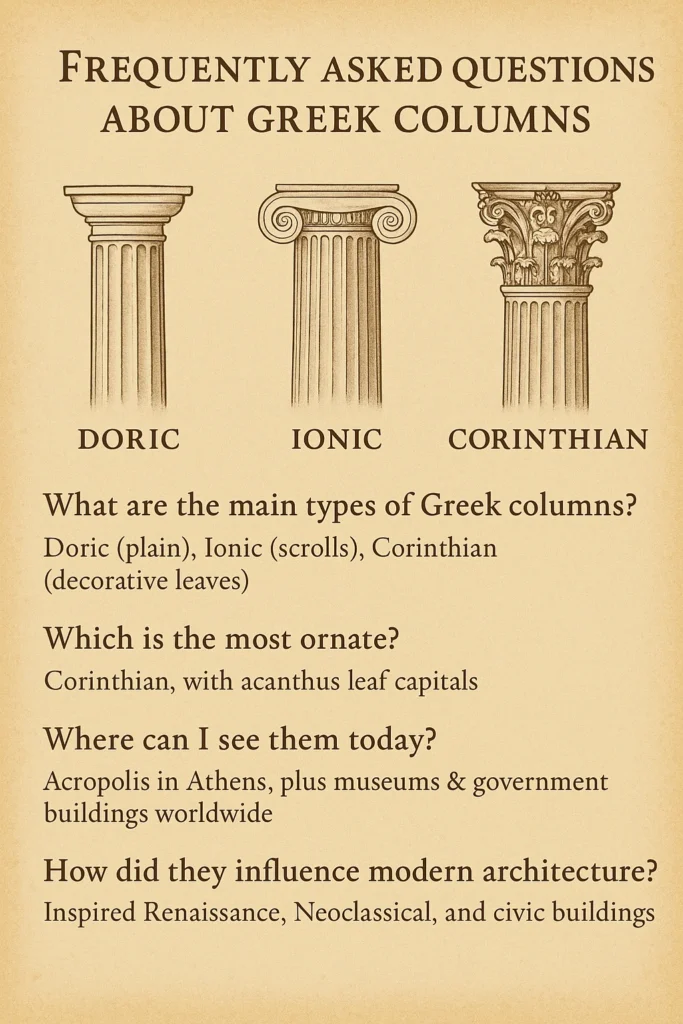
What is the difference between Doric, Ionic, and Corinthian columns?
The three Classical Orders differ in origin, proportions, and decoration. Doric columns stand out for their solid, unadorned design; Ionic columns are recognized by their slimmer shape and graceful scroll-like details; Corinthian columns, on the other hand, are the most elaborate, with tall, elegant shafts crowned by intricately carved capitals.
Why are Corinthian columns considered the most decorative?
Corinthian columns incorporate intricate carvings of acanthus leaves and floral motifs, making them the most ornate of the Classical Orders. Their elegance made them highly popular in Roman and later Western architecture.
Where can I see examples of ancient Greek columns today?
Original Greek columns can be seen at historic sites such as the Acropolis in Athens, including the Parthenon, Erechtheion, and the Temple of Olympian Zeus. Modern examples are found in government buildings, museums, and universities worldwide.
How did Greek architecture influence modern buildings?
Greek architecture established principles of symmetry, proportion, and aesthetic harmony that remain central to Western architectural design. Its impact can be seen across Neoclassical, Renaissance, and even modern civic architecture.
Are Greek pillars purely decorative today, or still structural?
In modern architecture, Greek pillars may serve both decorative and structural purposes. While some are purely ornamental, many still provide essential support in large buildings and colonnades.
Conclusion

The enduring legacy of Greek architecture reflects humanity’s timeless pursuit of beauty, order, and structural ingenuity. From the solid simplicity of Doric columns to the intricate beauty of Corinthian ones, the architectural legacy of ancient Greece still shapes and influences contemporary design today.
By understanding the history and significance of Greek pillars, architects and admirers alike can appreciate their lasting impact—and their ability to connect the ancient world with contemporary architectural expression.

